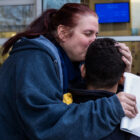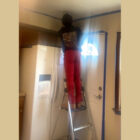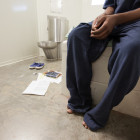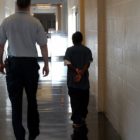
The parents paying for their children’s crimes
|
In separate trials earlier this year, Jennifer and James Crumbley became the first parents in U.S. history to be convicted of involuntary manslaughter for a mass shooting committed by their child. They were each sentenced to 10–15 years in prison, the maximum penalty for the crime. Prosecutors argued the Crumbleys ignored urgent warning signs that their son Ethan was having violent thoughts, and that the parents provided access to the gun he used to kill four classmates and injure seven other people at his school in November 2021.








